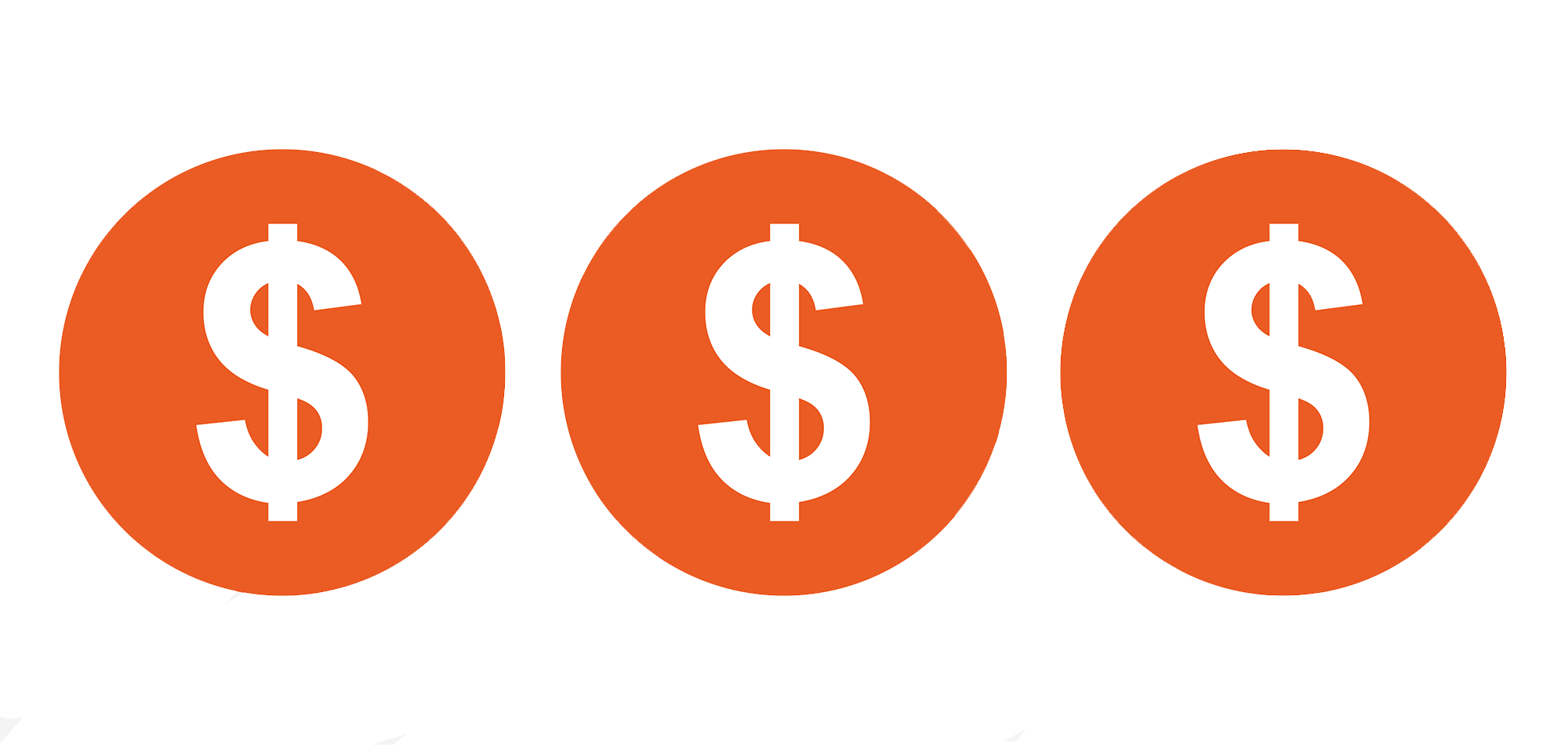
Cisco Systems forecasts that by 2021, 78% of the mobile data traffic worldwide will be video. And by that same time, smartphones will generate 86% of mobile data traffic. Some of that traffic will be the responsibility of mobile data carriers such as AT&T, T-Mobile, and Verizon. But if customers are spending time in your business, and you want to offer WiFi service to remain competitive, this dramatic shift in consumer behavior will become your problem -- and opportunity -- too.
Think that your business is immune to this trend? I wouldn’t count on it. In fact, you can bet that most of the traffic-surging, bandwidth burdens are coming to your WiFi network faster than a bolt of lightning.
So what can you do now to make sure that (a) the wireless service you provide for your customers is up to the task and (b) your company’s WiFi costs don’t spiral out of control?
In this article, you’ll learn eight ways WiFi service can benefit your bottom line -- and what you can do to capitalize on these emerging technology trends in a way that keeps your customers happy and your technology budget in check.
1) Transition to WaaS
If you use popular cloud-based software such as G Suite, Office 365, or Salesforce, you’ve likely heard of the acronym SaaS, short for software as a service. The appeal of SaaS is simple: instead of buying software licenses up front, you subscribe to software in the exact quantities and duration that you need it. No waste. Even better, most SaaS products save you money on hardware, maintenance, and support.
Now, what if there was a way to capture the same kind of financial savings that you enjoy with SaaS with your WiFi service? The good news: There is. It’s called WiFi as a Service, or WaaS for short.
Now that WiFi has become as important as electricity and running water, purchasing wireless service -- all inclusive -- actually makes a lot of sense, especially for locations that don’t have a big IT army on-site.
What’s included in a WaaS program? Again, WiFi as a service has a lot of parallels with its software as a service “cousin.”
With WaaS, you’ll get a subscription that includes all necessary hardware, software, remote monitoring, reporting, and maintenance upgrades. If needed, you can even bundle in your monthly ISP (Internet Service Provider) costs with your WaaS agreement.
2) Stop Capital Expenditures (CapEx) for Your WiFi Service
If you’ve ever leased a car, you’ve likely done so to avoid tying up a large sum of money in an asset that’s almost guaranteed to depreciate during the time you drive it.
What else depreciates almost as quick as a new sedan being driven off the lot? Technology!
If you’re unsure about this, purchase a top-of-the-line laptop. Use it for two weeks. Forget you have it for the next six weeks. Then try to sell your eight-week-old laptop for the same price you paid. Not many takers right? Why? Because technology assets, like new cars, depreciate fast.
So then why do you continue to make capital expenditures (CapEx) on wireless networking hardware? Or any IT hardware for that matter?
“Insanity is doing the same thing over and over again and expecting different results.” Although many attribute this quote to Albert Einstein, that’s been refuted.
But what seems even more plausible: If Albert Einstein were alive today and owned a small business, he’d be financially-savvy enough (and then some) to stop making capital expenditures on WiFi service -- and shift this modern-day utility over to a sensible WiFi as a service program.
3) Use Managed Services to Drive Down Your IT Support Costs
Regardless of whether your company has IT staff on its payroll, or you outsource part or all of your IT support: you know one thing’s for sure: IT support is expensive.
Why?
For one, IT continues to be one of the most in-demand career paths, yet there is still a shortage of workers in various sectors of the IT industry. So the price goes up based on simple laws of supply and demand.
Second, IT changes fast. Investments in IT training and certifications are perishable and require retraining, sometimes as often as every 12 months.
And third, most businesses that don’t have on-site IT staff often let minor problems escalate into five-alarm emergencies. And whether you’re calculating the cost of your entire company sitting on its hands for hours, customers walking out the door by the dozen, lost data, and reputation damage, skimping on proactive IT maintenance rarely pays off.
Given all of this, savvy executives have been signing up for managed IT services for well over a decade as a way to drive down their IT support costs and associated WiFi costs.
4) Save Time and Money When Troubleshooting Problems
In the “stone ages” of wireless networking, troubleshooting problems used to require expensive on-site visits and unplanned downtime.
Just as 12” monochrome green monitors, 2400 baud modems, and dot matrix printers were sent off to computer museums long ago, you can’t afford to bet your business on obsolete tools.
And in a mobile-friendly world that’s undergoing such rapid digital transformation, your wireless networking investments need to be protected with the right strategy, tools, and talent.
You can save time and money when it comes to troubleshooting your WiFi network by tapping into tools like SecurEdge Cloud, which shows the health of your network in real time.
5) Make WiFi Costs More Predictable with Automatic Hardware Refreshes
How would you feel if the next time you took your car in for routine service, perhaps an oil change and tire rotation, you were told about a looming major repair -- so expensive -- that it had you questioning whether it was even worth holding onto your car?
That news, especially given that it caught you entirely off guard, at the worst possible time, is quite jarring and makes you wonder why no one who had serviced the car more recently anticipated the problem. Why no one called this to your attention earlier. And most of all, why the cost of car ownership, especially with an aging car that’s out of warranty, can be so unpredictable.
When it comes to your technology infrastructure, unless you’re a veteran IT professional, you’re likely also often caught entirely off guard with unpleasant, totally unpredictable IT-related costs.
And let’s face it, when hundreds, or thousands, of customers visit your establishment every day, week, or month -- and expect your WiFi to function flawlessly, you really can’t afford to go cheap on WiFi service.
But on the other hand, surely there must be a way to make your WiFi costs more predictable, right? It turns out, there is. And it starts by reigning in unpleasant hardware-related costs when you opt for automatic hardware refreshes.
Tip: Since wireless hardware devices become obsolete within three to five years, ask for a program that provides automatic hardware refreshes within that window -- perhaps at 48 months. This way, your WiFi network can stay future-proof when you have access to the most recent wireless hardware that you need. And you won’t have to waste even a minute deciding whether to spend money on these upgrades because your WaaS service includes these free upgrades.
6) Don’t Waste Time or Money on Old-School Wireless Site Surveys
If you’ve had WiFi available at your location for many years, it may have been quite the major, long-drawn-out, super-expensive and complicated project to get WiFi installed throughout your building.
The good news? All those costs, invasive site surveys, hassles, and time-wasters are mostly a thing of the past.
Now, you can start a new WiFi project without paying for new site surveys or spending time meeting with consultants or salespeople.
7) Earn Better Customer Reviews and More Repeat Business
When you’re deciding what restaurant to dine in when you’re visiting an unfamiliar city, how do you make your choice? How do you select the right hotel? How do you choose the lightest and most durable luggage? And how do you know that the Uber or Lyft driver that you get in the car with will get you there without a hassle?
It’s simple. Reviews. In some of these scenarios, you may still turn to a trusted friend, family member or colleague -- perhaps by email, a phone call, or a question posed on social media.
When you don’t have someone like that to ask, most now pose the same question to Google, Bing, or Siri. And what do they get back? Reviews and ratings to lessen the risk of choosing an unknown business, product, or service.
Does your company’s customer base post reviews online about what it likes and dislikes about your establishment? And do these same customers now consider your WiFi service to be as much of a necessity as air conditioning, heating, or clean restrooms? If so, why take a chance with crappy reviews if your WiFi isn’t up to the customers’ expectations?
Instead, get in front of this emerging trend now so you can earn better customer reviews, prevent customer defections, and build a more loyal customer base.
8) Monetize Your WiFi Service
Finally, while some may only see the costs of WiFi, creative executives often look at ways to monetize their super-fast, ultra-reliable WiFi service.
For example, depending on your business model and the degree of competition (or lack thereof) that you face, you may be able to charge for WiFi access. As with many kinds of positioning, packaging, and merchandising, your only limits genuinely are your creativity and the perceived value that your customers attach to wireless access.
For example, some hotels will include a basic level of WiFi to all guests and offer a premium level of wireless networking, generally at a much higher speed, for a modest daily upgrade fee. Some businesses, on the other hand, make their WiFi available exclusively to those that are part of the loyalty program -- which while technically free, motivates far more lucrative purchasing behaviors.
And there are also lots of examples of businesses that include in-house or partner advertising on their login and confirmation pages that customers see before and after logging onto their wireless network.
The Bottom Line
In this article, we’ve looked at eight ways you can make sure that your wireless service investment helps, rather than hurts, your bottom line.
We now live in a world where people have become outright addicted to their mobile devices.
Think about the first thing you look at in the morning when you wake up. Then consider the last thing you look at before going to bed at night. While some outliers have better mobile-device discipline, most people are tethered to their mobile devices and the connection to the outside world almost every waking hour of the day.
When modern humans enter your business, they now expect your facility to have reliable WiFi -- along with other entitlements like electricity and running water. And this expectation is likely to intensify in the coming months and years.
Is your company ready?






